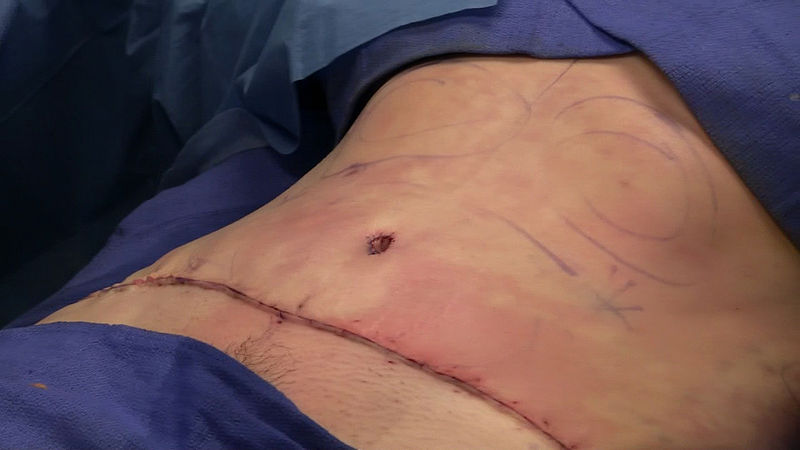Skin care after epilation is not just a luxury, but a necessity. This guide will break down every essential step to ensure optimal skin health and appearance following epilation.

Table of Contents
Why is Skin Care After Epilation Important?
Epilation goes beyond the skin’s surface, targeting hair at its root. This deep removal process can be somewhat traumatic for the skin, potentially causing inflammation and heightened sensitivity.
A proper post-epilation care routine is not just about addressing immediate concerns; it also lays the groundwork for healthier skin and future hair removal sessions.
By taking the right steps, you can reduce the chances of ingrown hairs, skin darkening, and bacterial infections.
You can read this article: Skin After Epilation [Care/Problems & Remedies] to learn how to address other problems you might encounter after skin epilation.
Step-by-step Guide to Treat Skin After Epilation
Knowing how to treat the skin after epilation can make all the difference in your post-hair removal experience. Let’s delve deeper into the essential steps:
1. Cleanse Gently
Right after epilating, your pores are open and vulnerable. It’s crucial to cleanse, but avoid using anything too harsh. Opt for a gentle, alcohol-free cleanser that won’t irritate or dry out the skin.
This will ensure that any product residue, sweat, or bacteria on the skin’s surface is washed away, preventing potential infections or acne breakouts.
2. Soothe Your Skin
Due to the nature of epilation, the skin can feel sensitive or even slightly inflamed post-procedure. Natural soothing agents like aloe vera gel can help soothe the skin after epilation.
Aloe vera, known for its anti-inflammatory and cooling properties, will help reduce any immediate redness and provide a calming effect on the skin. Source: National Center for Biotechnology Information
Ensure that you’re using pure aloe vera gel without any added fragrances or colors to avoid further irritation.
We recommend this Aloderma 99% Organic Aloe Vera Gel from Amazon as skin care after epilation.
3. Moisturize Regularly
Hydration is paramount after epilation. Your skin might feel dry or tight, which is where a good moisturizer comes into play.
Choose a fragrance-free, hypoallergenic lotion or cream, and apply it generously to keep the skin hydrated. [Source]
Keeping the skin hydrated will not only provide relief but also help in faster recovery by keeping the skin’s natural barrier intact.
Check out these other related articles…
What to Do After Epilation: Detailed Steps for Optimal Skin Care
Skin Irritation After Epilation: Expert Steps to Calm & Heal
Red Bumps on Skin After Epilation: Causes & Sure Solutions
Red Skin After Epilation: How to Soothe & Prevent It
How to Stop Ingrown Hair After Epilation: Step-by-Step Guide
Is Epilator Harmful for Skin? A Comprehensive Answer
Panthenol Okiro Skin Care After Epilation: Easy Guide
4. Avoid Heat and Sweat
In the first 24 hours post-epilation, it’s crucial to prevent anything that could aggravate the skin or clog the open pores. Intense exercises, hot showers, or saunas should be avoided.
These activities can cause sweating or heat-induced inflammation, prolonging the skin’s healing process and potentially leading to pimples or rashes on the freshly epilated skin.
5. Use the Right Products
When considering what to put on the skin after epilation, it’s imperative to choose products that won’t clog pores or introduce irritants. Non-comedogenic lotions or serums are preferred.
If you’re tempted to apply makeup or other cosmetic products, ensure they are suitable for sensitive skin and, ideally, wait a day before doing so to give your skin ample time to heal.

